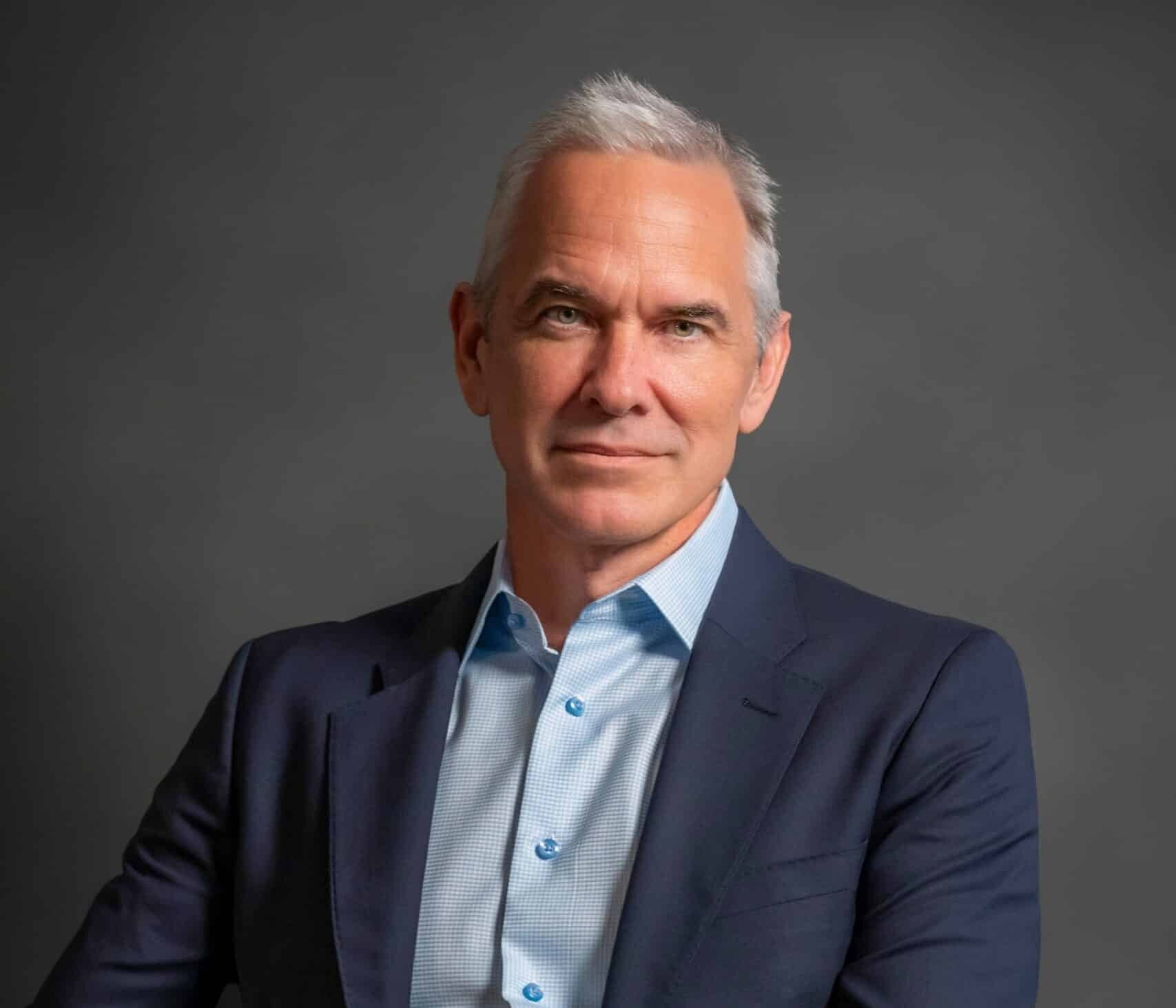There’s an old adage: “Work is easy; working with other people, now that’s hard.”
With many businesses requiring employees to be physically back into offices, interacting face-to-face with colleagues and superiors can be exciting and exhilarating or confusing and stressful. Many workers downplay negative emotions that can come from perplexing or harassing interactions, often blaming themselves for a problem. Others resist instructive criticism or anxiously avoid stressful confrontations at any cost; all behaviors that can lead to a toxic and un- healthy workplace which is costly.
“‘Never let ‘em see you sweat’ was the old way of thinking, but that’s changing today,” Edward Beltran, CEO of Fierce, Inc. , told California Business Journal. “New generations are being more honest with their emotions and needs. They want to understand and confront problems.”
Beltran heads up Fierce, Inc., the award-winning Seattle-based global leadership development and training company that teaches the art of mastering effective conversations that get results, a skill deeply intertwined in self-awareness which is a “critical component for career success,” Beltran says.
This fall, Fierce unveils a new tool that could revolutionize how people can identify and tackle their stress which can lead to more productive communications, especially interactions with difficult individuals or demanding workplace situations.
Integrating wearable devices with science-backed proprietary resources, the new Pulse by Fierce App is unlike anything currently available in the market. “There are a lot of apps that deal with managing stress; eating, exercise, meditation, but Pulse goes a step beyond to help users understand and chart their behavior during stressful situations – and then work to tackle it,” Beltran says.
Ed Beltran, CEO, Fierce Inc. Pulse, which is being referenced as a Fitbit for corporate performance, features practical and research-based solutions for users to employ when that next stressful event – meeting with the boss, presenting at a conference, confronting a difficult coworker — will occur.
“Pulse is about tackling your stress, not just managing it,” Beltran says. “It’s about knowing who you are.”
Indeed, self-awareness is at the center of Fierce, Inc. For more than 20 years, the company has researched the psychology of human interactions and developed innovative tools and practical solutions; their leadership training sessions, workshops and resources have transformed many clients’ workplace cultures not to mention how employees talk and engage with each other.
“Our goal is for relatable, productive conversations and feedback between people without fear, anxiety and stress,” Beltran says. Self-awareness is vital, he continues, but here’s the kicker: according to research done by organizational psychologist Tasha Eurich, 95 percent of people think they are self-aware, but in reality, it’s only 10 to 15 percent.
Why do we overestimate our abilities? Eurich explains that we typically operate on autopilot, unaware of how our actions are being perceived or what we truly feel about a certain interaction or person. There’s also the tendency to see ourselves as upbeat and confident, which reflects how social media wants everyone to “put on a happy face.”
Beltran explains that often training can only go so far. “It’s so easy to fall back into bad habits,” he says.
Weeks later during a lengthy Zoom meeting, he sent the woman a private message. “Look Happy,” he instructed her. The woman sighed and picked up the phone to contact HR.
Image by istock It’s daunting for one person to closely examine every motive and response of their daily life. Pulse was created to be embedded with users to document and record stress events in real time; it draws on biometrics health devices (currently Fitbit and Apple Watch) to monitor heart rate which rises noticeably during stressful events.
[su_quote] When users examine how their heart rate fluctuated throughout the day, they’ll start to see a pattern. They can visibly see who or what episode triggered their anxiety through integrations with their calendar and GPS data. Once they have the motivation to tackle the issue head-on, users can find answers and support. Through Pulse, they can connect to a live coach/counselor who can work directly with them through demanding encounters.[/su_quote]
Another option is for users to work with an AI-bot – developed with 20 years of Fierce institutional knowledge — that will suggest resources, blog posts and actions such as 3-D simulations and role-playing scripts. Pulse’s customers love the option of being able to utilize a coach in an efficient way or the AI Bot that gets right to the problem based on biometric feedback versus many sessions of explorations and discussions only to land on the perception of the issue.
Pulse has been under development for the past few years and in stealth mode while conducting BETA testing. . Beta testers reported positive results within two weeks of one 90-minute session with a coach such as 9-10% drop in stress, significant drops in burnout (8%), anxiety (14%) and increases of 4% in cohesion and organizational commitment.
Currently, Fierce is examining how Pulse could expand in the future: predictive “nudges,” augmented reality, supporting college students and their counselors/therapists, and integrating with other wearables, such as smart glasses.
All in all, Beltran points to how today, many people love tracking their biometric data; we chart our physical workouts, count our steps and record the calories in our meals, he says. Pulse, he says, can be the Fitbit of corporate performance and communications. “Everyone wants to be at their most tip-top shape,” he sums up. “Here’s a way you can work with technology to bring out your best self each and every day.”
Related Posts




